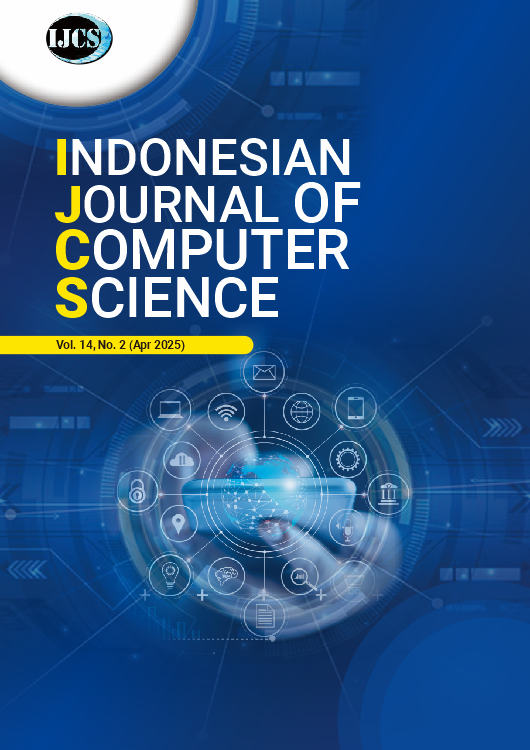Performance Evaluation of Dual Active Bridge DC-DC Boost Converter
DOI:
https://doi.org/10.33022/ijcs.v14i2.4773Keywords:
Dual Active Bridge, DC-DC converter, MATLAB simulink, Voltage regulation, pulse width modulation & PIAbstract
This research presents a detailed performance analysis of a Dual Active Bridge (DAB) DC-DC converter, focusing on the impact of MOSFET on-resistance (Rds(on)) on converter efficiency and output characteristics. Using MATLAB simulink model, this work implements proportional-integral (PI) controllers for improved output current and voltage stability and pulse width modulation (PWM) for voltage regulation. To assess their impact on converter losses and overall performance, simulations are run using different MOSFET Rds(on) values. The results highlight the relationship between Rds(on) and efficiency, demonstrating how lower MOSFET on-resistance leads to lower losses and better converter performance. To measure the improvements, losses are computed, and the output voltage and current under various Rds(on) situations are displayed. This study offers insightful information for improving the performance and efficiency of power converters. Additionally, it compares the performance of PWM alone and PWM and PI together. The effect of frequency on the converter is then also explained.
Downloads
Published
Issue
Section
License
Copyright (c) 2025 Khin San Myint

This work is licensed under a Creative Commons Attribution-ShareAlike 4.0 International License.





